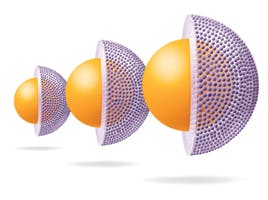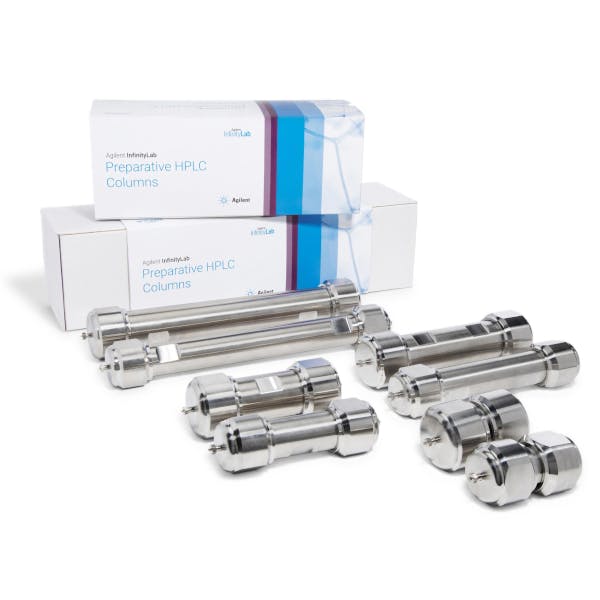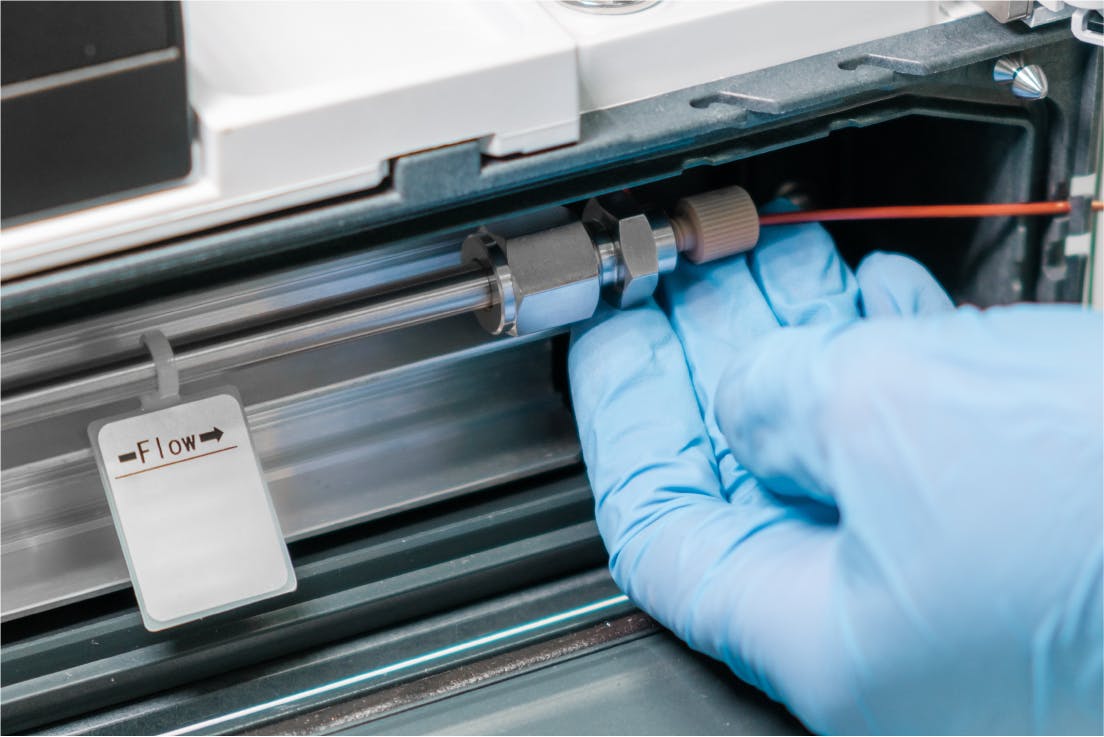
21 Jun 2019
Chiral Columns
Many highly-experienced chromatographers struggle when they first encounter chiral chromatography. It’s a journey characterized by horrible peak shapes, retention time shifts, and poor resolutions regularly leading to an ongoing headache. Even with a comprehensive understanding of reverse-phase methods, it’s unwise to expect an easy start.
Given the number of scientists that struggle to get started with chiral methodologies, we have teamed up with our colleagues at YMC to compile a short guideline for those that wish to give it a go. Follow these steps and you may well succeed where so many others have failed!
Chiral Compounds
Chiral compounds – or enantiomers – are common in nature and many drugs with small molecular weights are optically active because of chiral centers in their organic skeleton, such as asymmetric carbon atoms.
Enantiomers can be defined as non-superimposable mirror images — like our hands. Their biological activities can differ substantially and, in many industries (namely pharma) separating and purifying one specific form of a synthesis intermediate or end-product is often critical. Unfortunately, unlike other isomers, separating enantiomers on a regular reverse-phase column isn’t possible.
The most popular chiral stationary phases (CSPs) are now based on polysaccharide derivatives, such as cellulose and amylose-phenyl carbamates. These CSPs provide a diverse range of chemical interactions which allow the separation of these almost identical compounds. Our colleagues at YMC have a range of six CSPs. Other manufacturers do different CSPs also, but these polysaccharide-based CSPs are favored over amino acid-derivatives and antibiotic-like CSPs. It is hard, if not impossible, to predict which phase will give a good chiral separation. Therefore, chiral analysts screen their different CSPs under different chromatographic modes.
In liquid chromatography: normal phase, reverse-phase, and polar organic. In supercritical fluid chromatography (or SFC) it has become increasingly popular for chiral analysis and purifications and different conditions to get a “hit” as fast as possible.
Find Out What’s Out There
Google is also your best friend when it comes to chiral method development as many methods from different labs and manufacturers can be found online – your compound of interest may well be in there too! So why waste your time reinventing the wheel? YMC applications, specifically, can be found at http://ymc.de/applications.html.
It’s sometimes possible to find a method on a close enough compound to give the developer more ideas, but the transfer is not always successful. In fact, close analogs will often require a substantially different set of conditions!
Use YMC Chiral Screening
If your analyte does not come up in your bibliography search, why don’t you send your sample to YMC in Germany for a free chiral screening? Within two weeks, you should get a full report from the chiral application team, with a recommendation on the most appropriate CSP and the associated chromatographic mode and conditions. You can also specify, at this stage, which is your preferred mode, for different considerations: instrument compatibility (NP systems available in the lab), detection (RP recommended for mass spectrometry, for instance).
Chiral screening is free so if you have a single chiral project in the pipes maybe it is still the cheapest and most straightforward option for you! If needed, confidentiality agreements can easily be arranged.
As the only UK supplier of YMC columns, you can then purchase the recommended column here.
Screening Protocols
If you can’t wait to develop your own chiral methods from scratch, here are a couple of screening protocols from our colleagues at YMC.
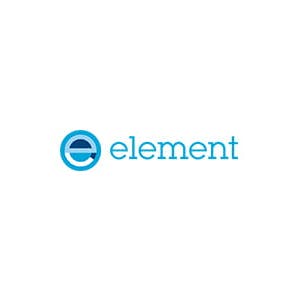
Figure 1 - Chiral screening protocols
Normal phase is by far the most effective mode (with over 95% of success rate, you’d better start there!) and, for a given CSP, the first step is to select your additive. This will greatly improve your peak shapes and subsequent separations. Usual acidic modifiers are formic acid and TFA, while DEA and TEA are commonly seen for basic probes. After screening different strong solvents in combination with hexane on fast gradients, identify your optimal isocratic conditions. Further method optimization can be achieved by playing with different parameters, such as flow rate, column length, particle size or temperature – the latter often being rather spectacular.
To save time, chiral analysts often screen CSPs and conditions on rather short columns packed with small particles (3um, 100 or 150x3.0mm) but more conventional column dimensions (5um, 250x4.6mm) are also seen. If you haven’t obtained a hit in the early stage of the screening, then switch to the next CSP! As per figure 2, coated phases like amylose-C and cellulose-C account for more than 45% of hits in LC (the experiment below included almost 200 different compounds provided by a Japanese lab).
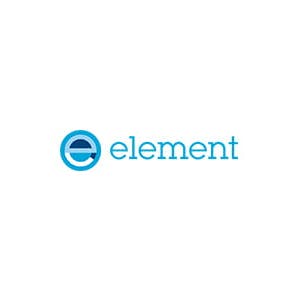
Figure 2 – Hit rate on the ChiralArt range (199 compounds, 95% hits in normal phase)
Immobilized phases open new doors for method development: they are known to be more robust and compatible with different organic solvents which can be screened alongside ethanol and IPA – THF, MTBE or DCM. This also means that sample diluents such as THF, chloroform, DCM, DMSO and ethyl acetate can safely be injected on these columns – while they could potentially dissolve the coated polysaccharide CSPs. The immobilized CSPs are certainly the preferred option for open access chiral set-ups! Last but not least, they are usually preferred to coated CSPs for reverse-phase and polar organic modes (5% of hits for the above example presented in Figure 2).
Should you wish to develop a chiral activity in your lab, a combination of four different CSPs (in the above example: amylose-C, cellulose-C, cellulose-SB, and cellulose-SC) would give you an excellent starting point for chiral screening. This being said, chiral analysts of the pharma industry often screen up to eight CSPs on their first screening set – which they complete with an additional set including as many CSPs!
You can find YMC’s white paper on LC Chiral method development here. Shop YMC chiral columns here.

